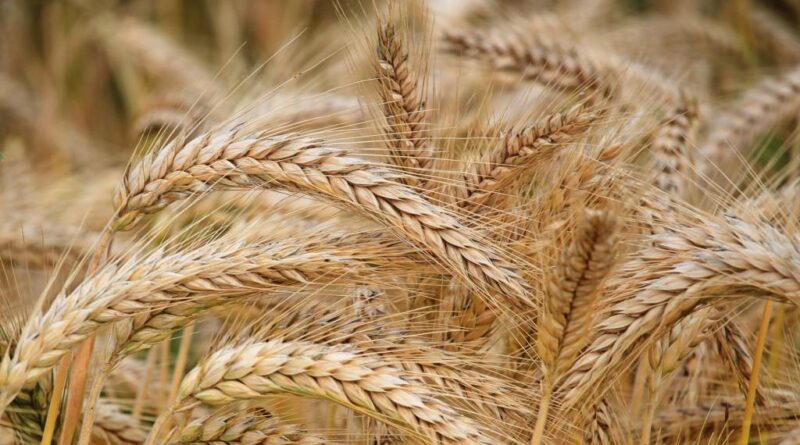Wheat sowing area dips by 7,500 hectares in Himachal
By Ravinder Sood
Wheat is one of the major food crops in Himachal Pradesh, mainly produced in Kangra, Una Mandi, Hamirpur, Bilaspur, Solan and Sirmaur districts. Although it’s a rabi crop, Himachal is the only state in the country that cultivates this crop in both rabi and kharif seasons.
Information gathered by The Tribune reveals that this year there is a major shortfall in the sowing area of wheat in the northern zone of the state comprising Mandi, Una, Hamirpur, Chamba and Kangra districts. Wheat was sown in 31,500 hectares in the past two years in this area. However, the area under wheat cultivation was reduced by 7,500 hectares in the north zone this year. Except Kangra district, the remaining four districts — Una, Mandi, Hamirpur and Chamba — failed to meet the target of wheat sowing.

A senior officer of the Agriculture Department said earlier the department had fixed a target of wheat production at 32,800 metric tonnes, which was re-fixed at 29,000 metric tonnes now as area under the wheat cultivation reduced drastically.
Moreover, the productivity in the hill state is only 17.74 quintal/hectare, which is comparatively much lower than its neighbouring states (45.96 quintal/hectare in Punjab and 44.07 quintal/hectare in Haryana). The national average stands at 30.93 quintal/hectare.
Despite spending crores of rupees in the agriculture sector in the state, it is quite noticeable that farmers are still not aware of the modern techniques to get the maximum yield. Several new techniques and new varieties, developed and recommended by the HP Agriculture University in the past 10 years, are yet to reach the farmers.
Meanwhile, many farmers say that stray animals have forced them to abandon their fields and stop cultivation of wheat and other crops. The number of stray cattle has increased in the area over the past few years and it has become a tough task for farmers to protect crops from stray animals, particularly at night hours.
A spokesman of the Agriculture Department says that many farmers are also shifting to those crops which are not destroyed by the stray animals.
He says the Department of Animal Husbandry has started registering animals owned by farmers. A project has been launched in the state under which animals are to be tattooed with the name and address of the owner. It will help the department to keep the track of the owners of these animals.
This article has been republished from The Tribune.

